
Port culture stream
The Vietnamese in Hoi An live in the estuary - coastal area, mainly grow rice, vegetables, and work on the river and sea. The advantage of living in a port area, along with the open foreign trade policy of the Nguyen Lords, has caused many changes in the traditional occupations of agricultural residents.
First of all, Hoi An people learned from Cham people how to make fish sauce. The profession of building boats for sea travel and the round boat to transport goods by river/sea is typical. Even the concept of “di nong vi ban” (taking agriculture as the foundation) gradually had the “mercantile” (preferring trade) meaning of the residents of the port cultural area.
The large waves of immigration of Japanese and Chinese people (more than 1,000 Japanese in the early 17th century and 6,000 Chinese in the late 17th century) and the policy of "establishing villages and towns" and settling and trading by Lord Nguyen caused the port culture of commercial residents to gradually overwhelm the island culture of agricultural, fishing and handicraft residents.
Port culture became the dominant cultural stream for many centuries - turning Hoi An into a metropolis of "buying and selling on the wharf and under the boats" where "everything is available" (Le Quy Don). Until the 1930s, Nguyen Tuan still recorded that Hoi An wharf had "a forest of masts and boats crowded together" (essay on Cua Dai).
The Hoi An - Dinh Chiem cultural axis is also recognized as the place, along with Tourane ( Da Nang ), where the Catholic missionary work in Vietnam began. At the same time, this is one of the localities that contributed to the formation of the national language with the encouragement of Western missionaries...

In addition to the tangible cultural heritage acquired through exchanges with Champa residents such as gourd boats, ancient wells, Champa relics and archaeological sites, Hoi An people have chosen a "different but suitable" transformation between Vietnamese culture and other cultures.
In terms of architecture, we can see typical examples such as the Vietnamese "3-room, 2-wing" house with additional "fake beam" trusses in the Hoa Nam style; roofed with yin-yang tiles instead of fish-scale tiles or comedy-nose tiles, the old quarter has a system of ancient houses that "combine" all the Vietnamese - Chinese - Japanese styles in spatial layout, architectural style, and even in each artistic carving detail.
According to researchers, the “column-hiding-beam” truss (Vietnamese style) still exists reasonably next to the “fake-beam-stacked” truss (Chinese style) and the decorative balcony system with balusters (French style) right in the same house…
The urban planning of Hoi An in the 19th century - taking Le Loi axis as the main axis to connect with other streets, on a top-down level to "drain" water to the river is also a harmonious combination of Eastern and Western cultures.

Quang style in Hoi An people
Historically, despite a long period of using Chinese writing (Han characters) in administrative and historical documents (steles, prayers, worship documents, festivals, etc.), Hoi An people still kept the "Quang accent" in their speech throughout the centuries. Currently, even the Chinese community, except for holidays, rarely uses Chinese in communication.
Hoi An people have a natural tendency to “argue” or debate socially, sometimes “stronger” than some other “hometown” Quang Nam localities. The reason may be due to the process of direct and extensive cultural exchange with residents of other cultures - so the “open, natural” factor is more dominant.
As early as the 17th century, the Italian priest Cristoforo Borri (1583-1632) in his work “The Land of Dang Trong” commented: regarding their character, “they are gentler and more polite in conversation than any other Eastern people… In short, they are very sociable, polite and friendly towards us…” and “they respect both martial arts and literature depending on the opportunity”.
Hoi An people, with the "dynamic" and open nature of the "port town" people, because of early contact with the East and the West, are proud to have many artists who pioneered modern music such as La Hoi with the song "Spring and Youth"; the brothers of the "Tu Luc Van Doan" group (originally from Hoi An) in literature before 1945...
That dynamic cultural exchange process also has a "hidden" negative impact - as writer Nguyen Ngoc said. Hoi An people are inherently "conscious of the level" to maintain their "moderate"/neutral cultural identity - so on the other hand - they, because of being too moderate, are afraid of risks and shortcomings - such as in economic business, they are afraid of "doing big business", doing business "in the open" and do not dare to "go out to sea", gradually falling into a "conservative" nature.
Some researchers believe that Hoi An people tend to behave in a "sentimental" way, that "a hundred reasons are not worth a little bit of sentiment". Because of living in the sentimental way of behaving of a community that has lived together for too long, it creates inertia in promoting and developing traditional cultural values.
Faced with changes in traditional behavior, Hoi An people still inherit the dynamic, open, friendly, daring to think, daring to speak, daring to do behavior of Quang Nam people. But the characteristic of “awareness of the level” on the other hand gives them a new awareness - the awareness of “appropriate change”. That is probably the reason why Hoi An maintains and develops tourism products from handicrafts and folk arts, and at the same time becomes a creative city of the world.
Source: https://baoquangnam.vn/vai-cam-nhan-ve-van-hoa-hoi-an-3139045.html


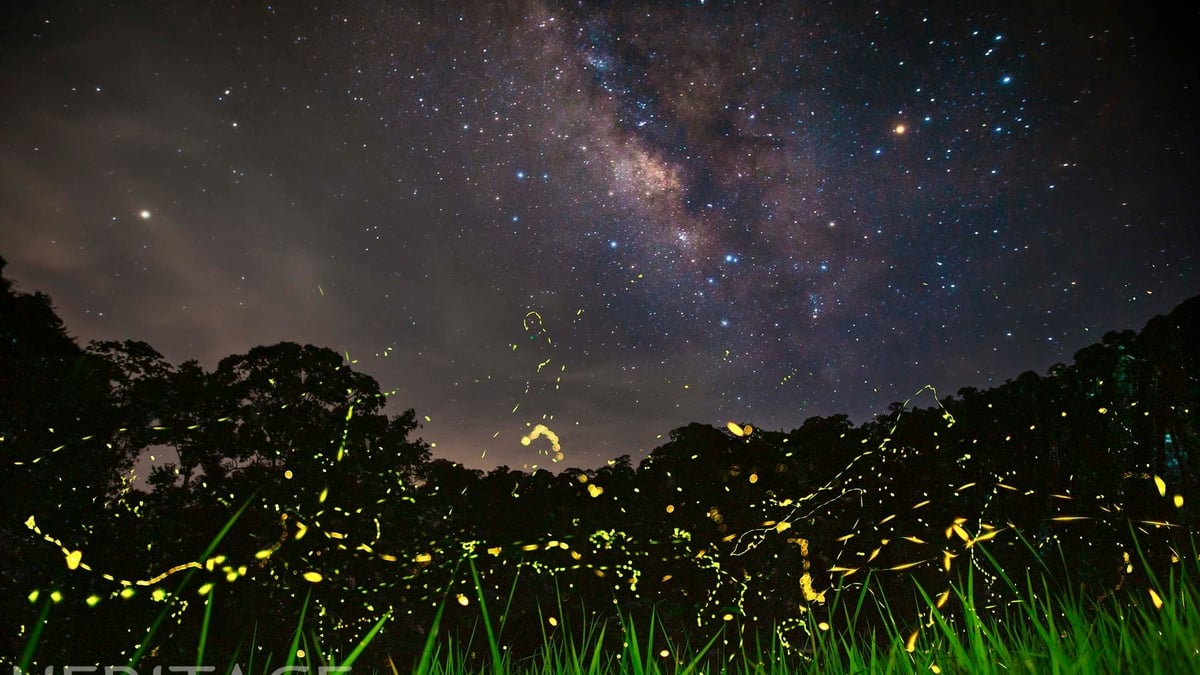

![[Photo] Prime Ministers of Vietnam and Thailand visit the Exhibition of traditional handicraft products](https://vphoto.vietnam.vn/thumb/1200x675/vietnam/resource/IMAGE/2025/5/15/6cfcd1c23b3e4a238b7fcf93c91a65dd)

![[Photo] National Assembly Chairman Tran Thanh Man meets with Thai Prime Minister Paetongtarn Shinawatra](https://vphoto.vietnam.vn/thumb/1200x675/vietnam/resource/IMAGE/2025/5/15/e71160b1572a457395f2816d84a18b45)

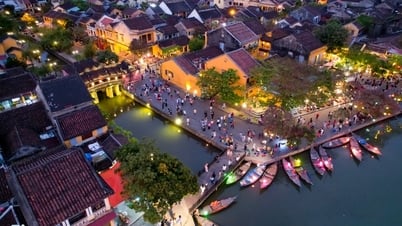

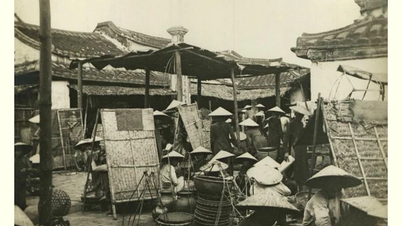







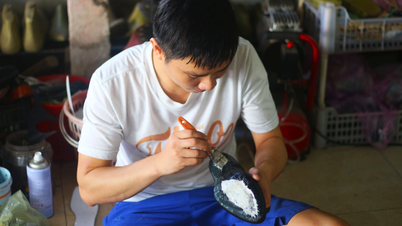


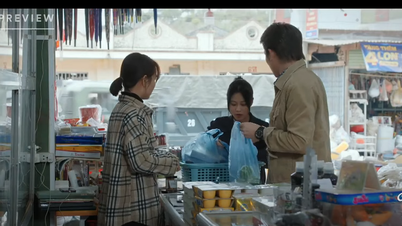









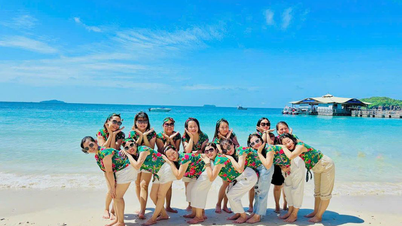

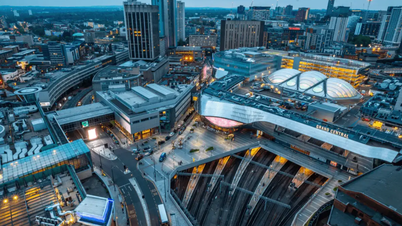
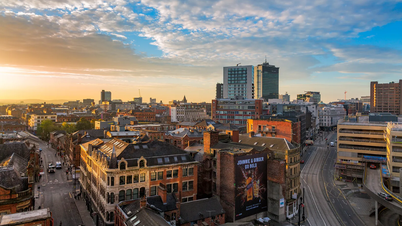
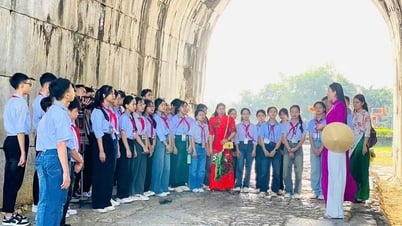


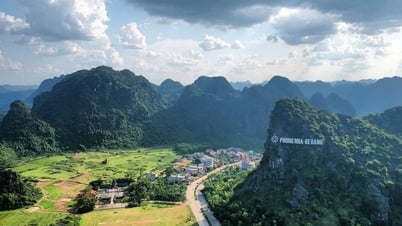

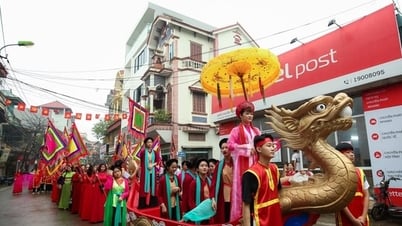



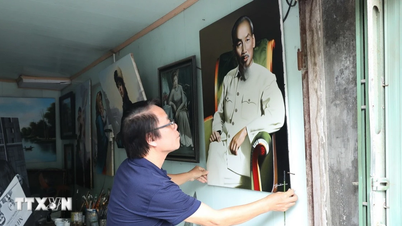

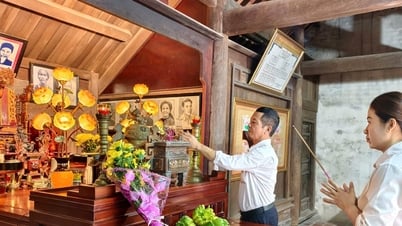



















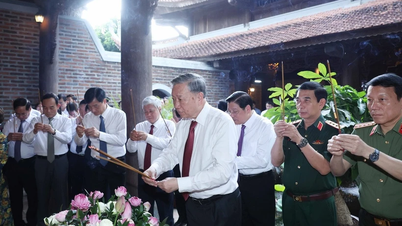






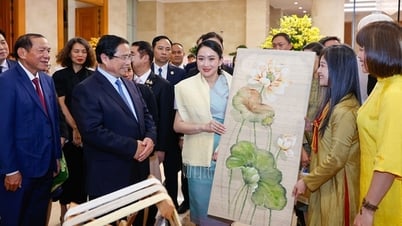


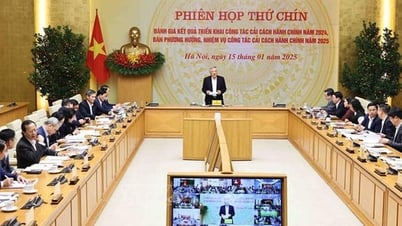

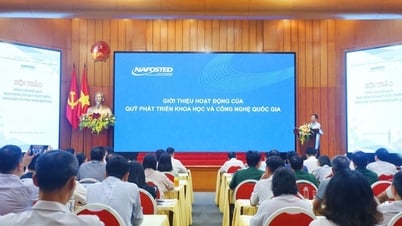









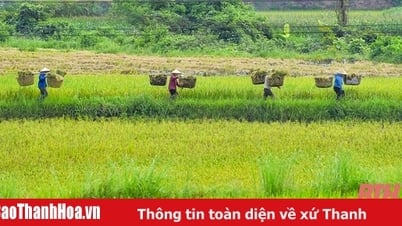





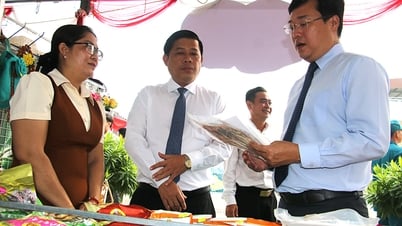


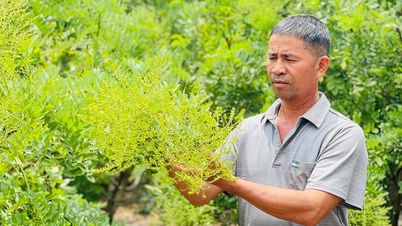
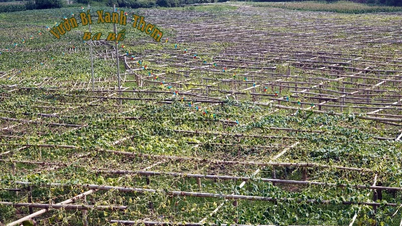

Comment (0)